

编者按:洪拳,广东武术之巅峰,威震岭南数百年。影视的盛行虽带来繁荣,但缺乏理论深度,只是表面的热潮;李连杰先生的夸张演技,不仅误导了国内外观众,还对洪拳的正统发展造成了极大的破坏。因此,学界重视者对洪拳进行了深入研究,以期有所建树。在这方面,武术家周至誌先生的文章,是对洪拳理论理解的一次重大进步,其价值不可估量,对于想要探索洪拳奥秘的武友而言,是难得的机遇。
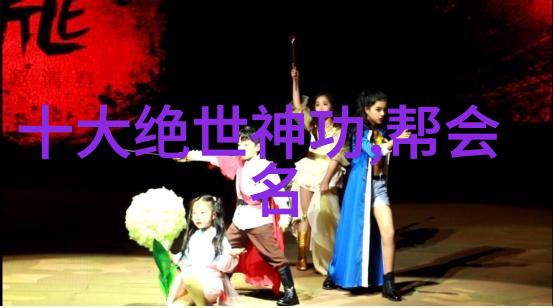
“小成三年中,大成十年功”,无论何门武艺,都离不开坚持和毅力,这便是南派称之为“功夫”的道理。林世荣先生在《虎鹤双形拳》自序中说:“一道真功夫,一则要明其规矩,一则要习其标准,然后假以气力,再善于接桥。”古人云:“学武先求明师知其然与其所以然,再加力气并持之以恒,将其融会贯通,便是这个道理。”
洪家拳从扎马碌桥开始,便是一种实实在在的人体发挥,没有多余装饰。“洪家讲桥马,蔡家讲快打”、“洪家桥马,佛家快打”,这些流传下来的谚语更加凸显了洪家的前辈们在桥手和马步上的苦炼。这就是说,在没有真正掌握桥手和马步基础的情况下,即便是再高超的手法也无法立足。而只有通过长时间刻苦练习才能领悟其中奥妙,就能进入到真正的大师层次。
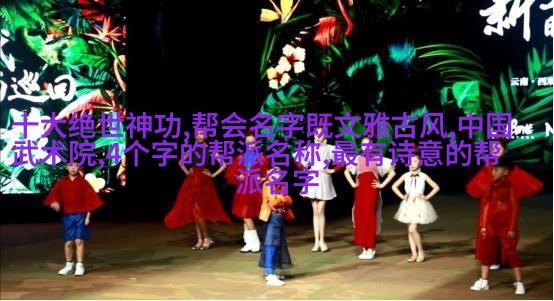
bridge and horse movements, which are included in the outer five essentials of the art. The inner five essentials refer to the fundamental principles for cultivating one's body and mind, while the outer five essentials refer to the methods for applying these principles in practice.
Inner Five Essentials
The inner five essentials are jing (essence), li (strength), bone, qi (energy), and shen (spirit). These elements are interconnected and form the foundation of martial arts training. They correspond to external forms such as dragon, tiger, leopard, snake, and crane.
(1) Jing
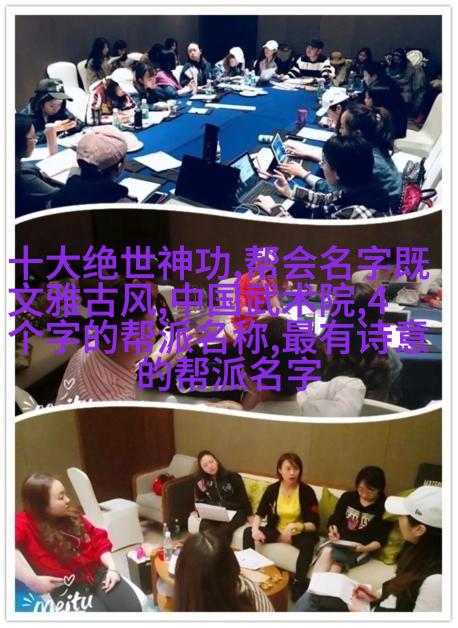
Jing is the core element that supports all other aspects of martial arts practice. It refers to both pre-natal jing inherited from parents and post-natal jing derived from food consumption. Post-natal jing is further converted into true qi that nourishes organs and muscles. Jing deficiency can lead to exhaustion or even death if not replenished with adequate nutrition.
Practice of Crane Fist involves cultivating essence through slow movements that mimic a crane's gentle nature.
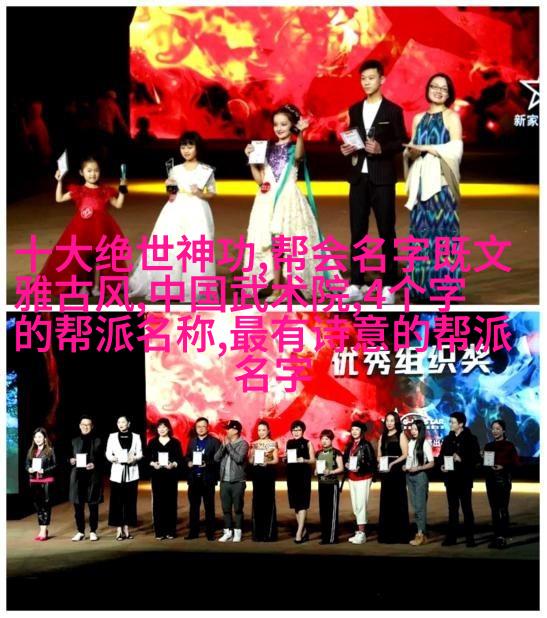
(2) Li
Li refers to strength derived from tendons and bones. A strong practitioner must first relax their muscles before generating power through proper use of joints. Adequate development of li enables practitioners to overcome physical obstacles effortlessly.
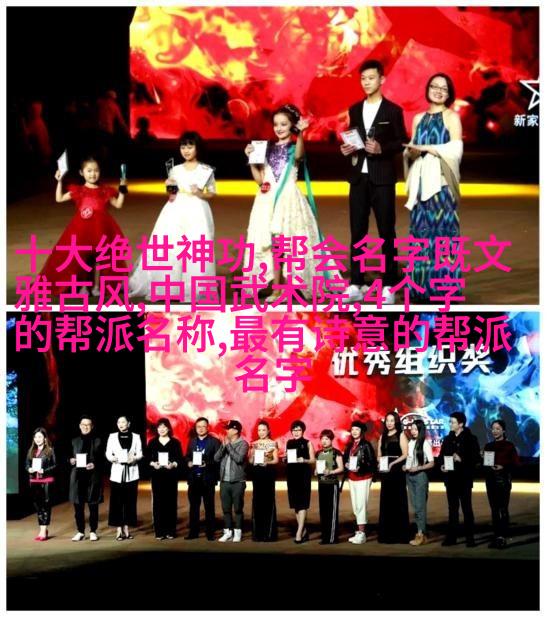
(3) Bone
Strong bones provide a solid foundation for building martial arts skills by supporting ligaments and tendons.
...
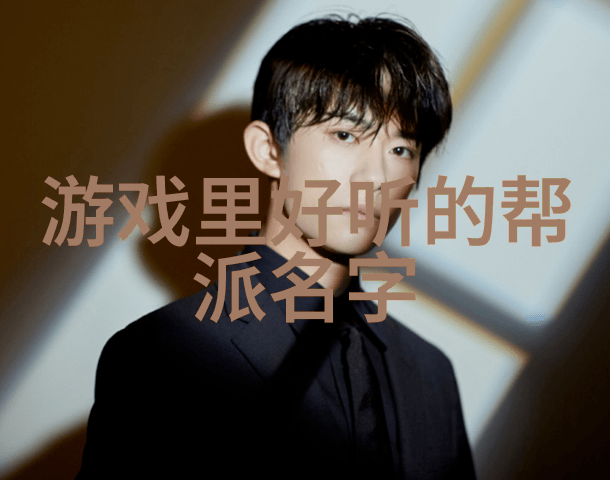
2025-04-08

2025-04-08

2025-04-08

2025-04-08
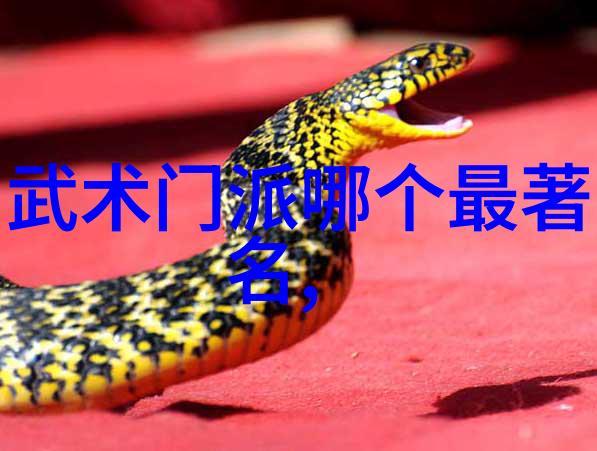
2025-04-08
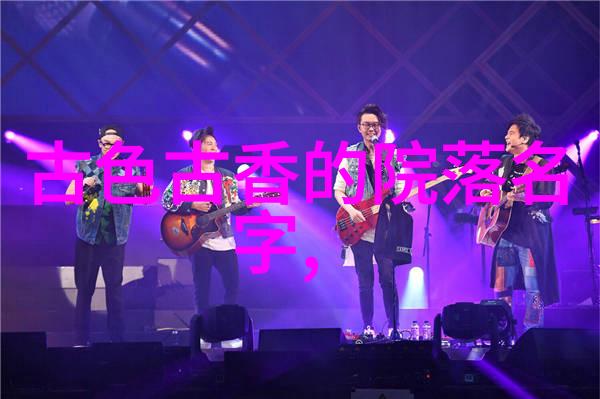
2025-04-08

2025-04-08
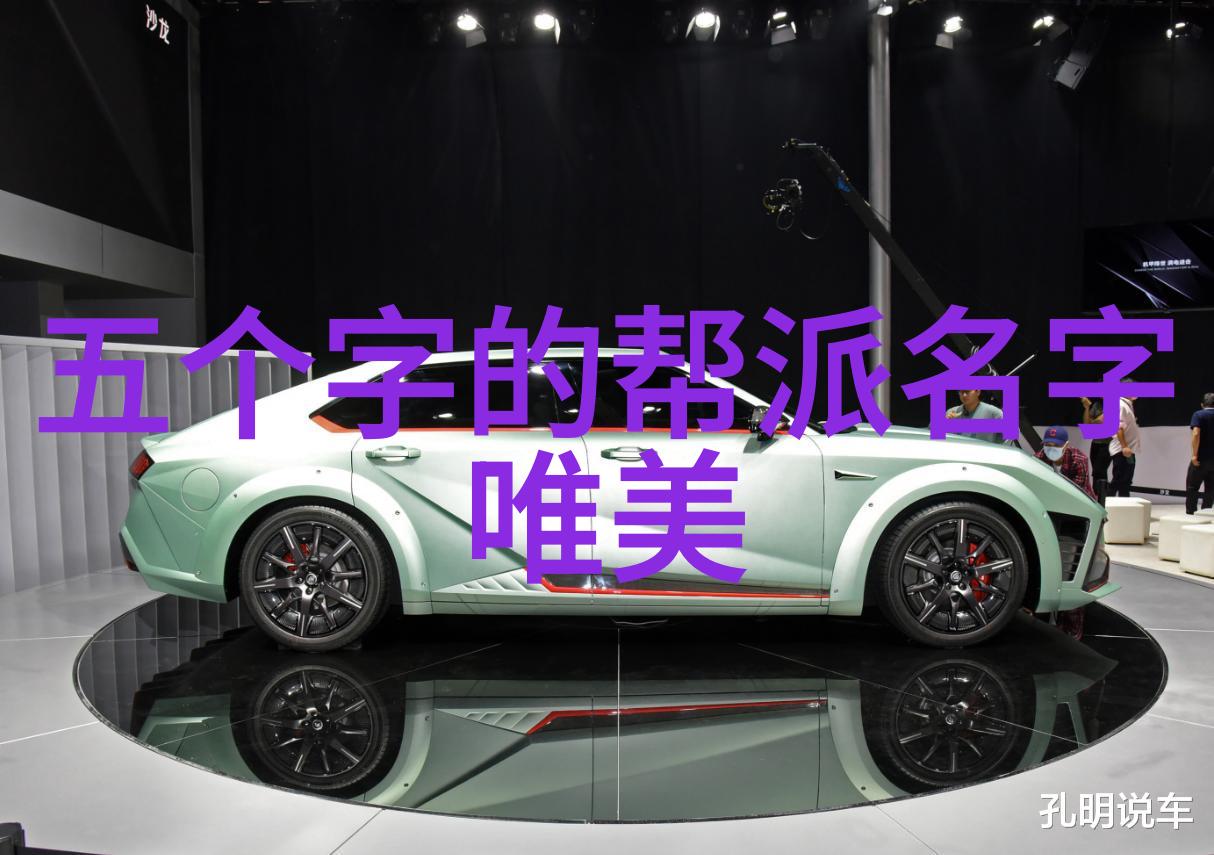
2025-04-08

2025-04-08
2025-04-08